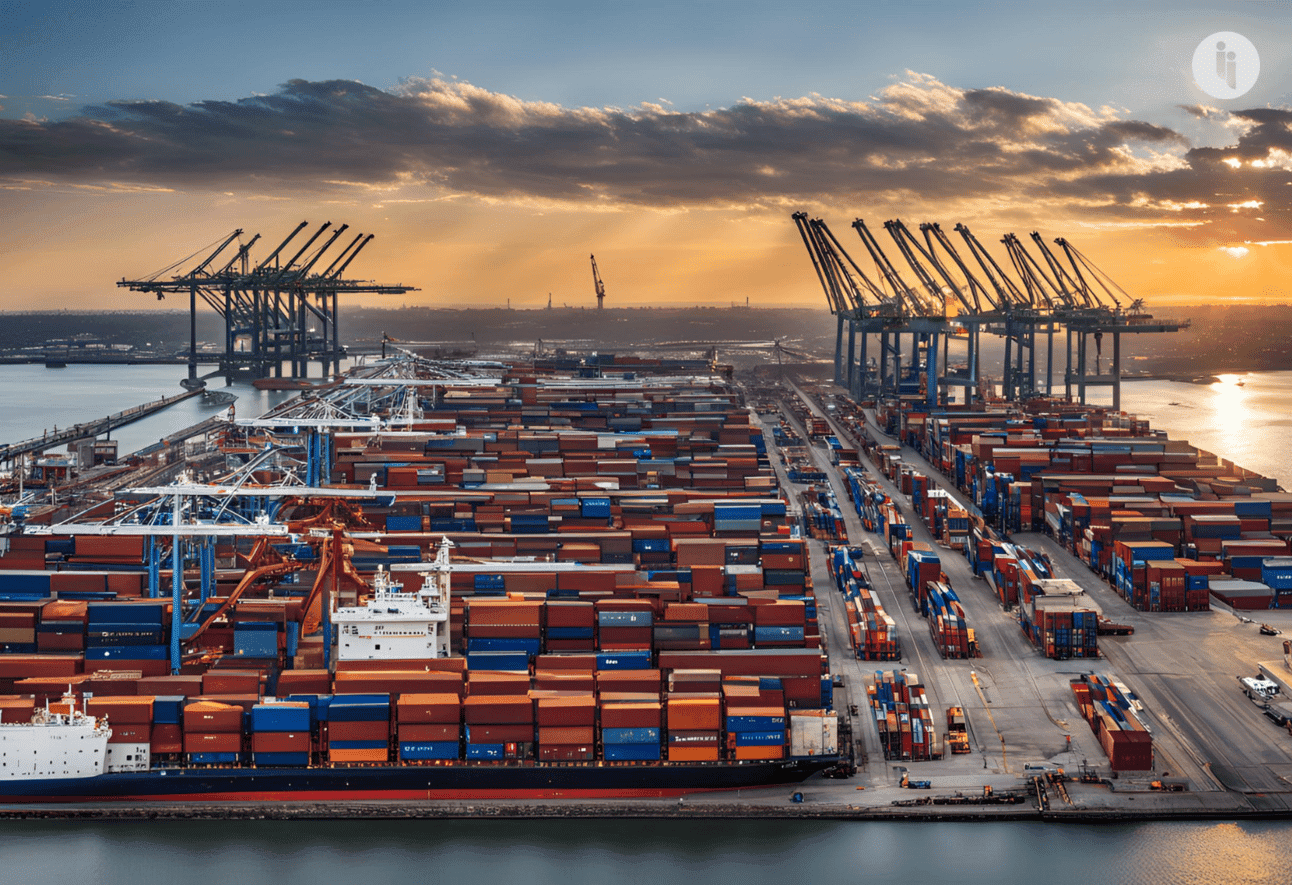For many of us, Covid was the first time we really thought about ports: how dare Amazon hit me with a 36-hour delay for the Kevin Bacon pillowcase I ordered.
Around 90% of our world’s cargo is moved via waterways, which makes ports intriguing: first, as an indicator for what’s happening in the economy, but second, as a way for governments to shape what’s happening: ports control access to the world’s top consumers (🇺🇸), producers (🇨🇳), chokepoints (🇸🇬), and resources (🌍).
So that’s why some recent data out of San Pedro Bay has caught our eye: it’s home to the ports of LA and Long Beach, the two largest in the US, together ranking as the world’s ninth-busiest port complex. That makes them a legit stethoscope for the US economy and the world at large.
Stay on top of your world from inside your inbox.
Subscribe for free today and receive way much more insights.
Trusted by 129,000+ subscribers
No spam. No noise. Unsubscribe any time.
And the interesting thing here is that LA and Long Beach just saw their busiest-ever July in their century-plus histories. Why?
Here are five reasons:
i) Volumes are up everywhere, with cargo hitting a new global record in May as major ports in Asia (Shanghai and Singapore), Europe (Rotterdam and Antwerp) and the Middle East (Jebel Ali in Dubai) all saw varying degrees of growth – it paints a picture of a world getting on with life, despite it all.
Still, the really big container spikes (53% through Long Beach) are happening in…
ii) The US: data last week shows US consumers continue to defy forecasts and hoover up whatever the world can make, but there are indications of a shift in the way folks spend – on cheaper generic brands, or relying more on credit, for instance – and that could hint at a cooling ahead (if it’s not underway already).
But these new records out of San Pedro Bay seem bigger, which leads us to…
iii) Seasonal stockpiling: US firms always stock up ahead of the holidays, but Houthi strikes, a Panama drought, and port congestion in Asia have all required more ships, on longer routes, and with more transhipment stops. So US importers seem to have brought forward their orders to pre-empt delays.
But on top of that, US importers have also been stocking up ahead of…
iv) More US tariffs on China: the latest tariff round on China-made goods entered force this month, with more hitting from 2025 and 2026. Plus Donald Trump vows to go further, including beyond China. And that’s all on top of…
v) US dockworker talks: contracts for ~45,000 US dockworkers, mostly on the east and Gulf coasts, expire on September 30. And against a backdrop of high profits and automation, pay talks have stalled. So the unions and the shipping sector are now warning of the first coastwide strike in the US since 1977.
Each stoppage day could take five more to unblock, as east coast shipments reroute to the west via the Panama Canal, which is only just emerging from drought. So again, US importers are probably trying to get ahead of the curve.
Combine all that, and you’ve got more shipping demand plus continued supply constraints, and it’s not only driving new records out of LA, but also some serious spikes in spot cargo and container rates around the world.
INTRIGUE’S TAKE
There are so many lessons you could take from all this. Here are just four:
First, our shipping industry is much more resilient than we admit – somehow, it still gets that Kevin Bacon pillowcase to our doorstep, and pretty quickly.
But second, it really should see disruption as normal by now; the question is less whether it’s coming, but from where (war, tariffs, drought…) – and yet, the constant whiplash around cargo pricing suggests it’s still learning that lesson.
Third, LA also recorded a 54% jump in the number of empty containers it’s now handling – there are several factors at play, but one is that it’s handling four times as many imports as exports, which reflects a broader, longer-term imbalance between China and the rest of the world.
And fourth, there are growing signs that China’s key trading partners – including but not limited to the US and the EU – are becoming less willing to absorb China’s huge industrial capacity at the heart of that imbalance, given its impact on local jobs.
So our sense is that, while cyclical factors will continue to drive the headlines, we’ve never seen such a massive structural trade imbalance before, nor have we ever seen what happens when (or if) something that big unwinds. Whatever it looks like, future port data might offer us the first preview.
Also worth noting:
- The latest data suggested an easing in spot cargo and container rates, meaning they might now have peaked for the year.
- China’s Shanghai is the world’s busiest port, handling 47.6 million twenty-foot equivalent units (TEUs) last year; LA and Long Beach together handled ~17 million TEUs.
- Singapore is the world’s busiest transhipment port, handling about 20% of all shipping containers.








